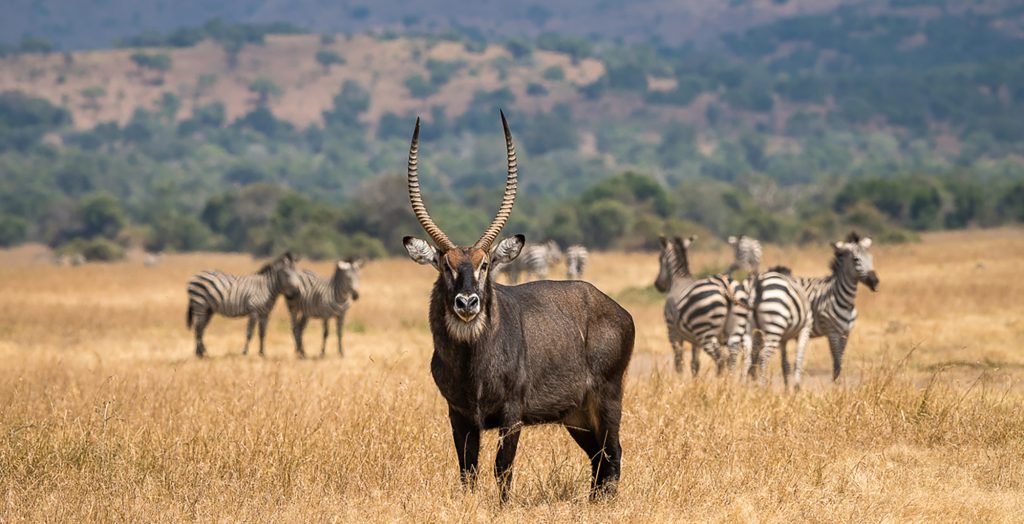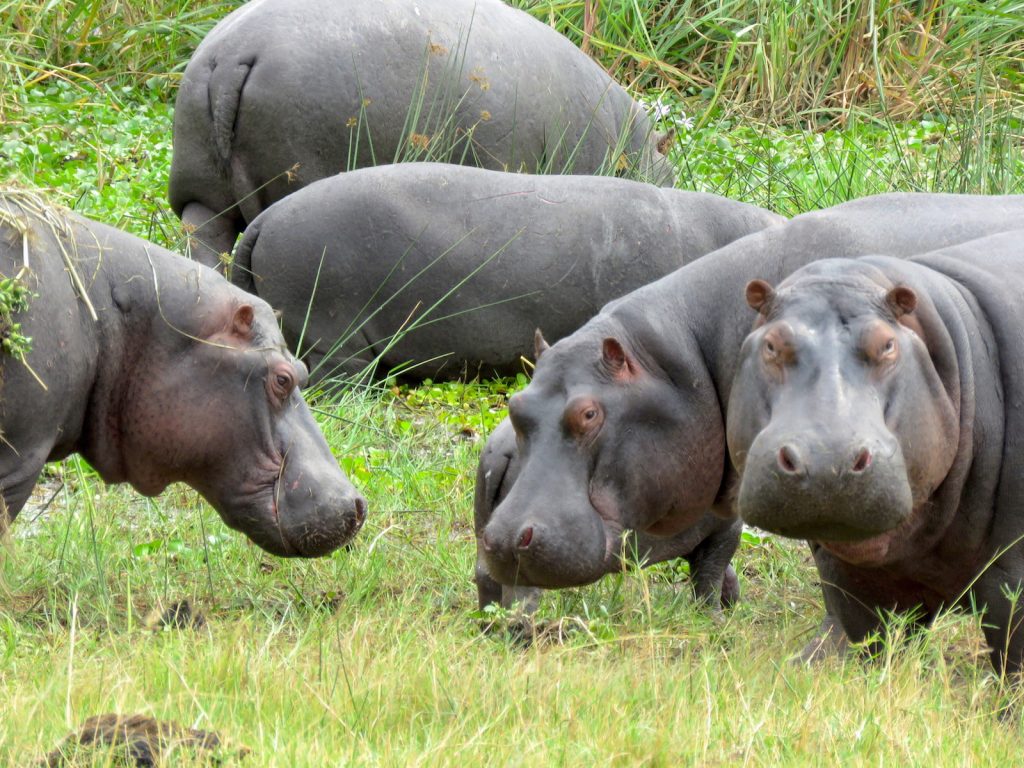Akagera National Park Introduction
Akagera National Park, covering an area of approximately 1,200 square kilometers, is Rwanda’s largest national park and one of its most important conservation areas. Established in 1934, the park is named after the Akagera River, which flows along its eastern boundary and feeds into several lakes within the park.
Key Highlights:
Wildlife Diversity: Akagera is home to a wide variety of wildlife, including elephants, buffaloes, giraffes, zebras, antelopes (such as impalas and topis), hippos, crocodiles, and leopards. Recently, lions were reintroduced to the park, marking a significant conservation success.
Birding Paradise: With over 500 bird species recorded, Akagera is a paradise for birdwatchers. The diverse habitats, including savannahs, wetlands, and lakes, support a rich avian diversity, including numerous water-associated birds, raptors, and migratory species.
Scenic Landscapes: The park features varied landscapes ranging from rolling hills and savannah plains to woodlands and wetlands. Lake Ihema, the largest lake in the park, offers stunning views and opportunities for boat safaris to observe wildlife along the shores.

Conservation Efforts: Akagera has benefited from extensive conservation efforts, including habitat restoration, anti-poaching initiatives, and community engagement programs aimed at ensuring sustainable wildlife management and local livelihood support.
Activities: Popular activities in Akagera National Park include game drives to spot wildlife, boat safaris on Lake Ihema to see hippos and water birds, guided nature walks, and birdwatching excursions led by knowledgeable guides.
Best Time to Visit:
- The dry season (June to September) is generally considered the best time for wildlife viewing in Akagera National Park, as animals congregate around water sources, making them easier to spot.
Visitor Facilities:
- Akagera offers a range of accommodation options, from luxury lodges to tented camps and budget-friendly options, all providing comfortable stays amidst the wilderness.
Accessibility:
- The park is located about 2-3 hours’ drive from Kigali, making it easily accessible for day trips or longer stays. Road networks within the park are well-maintained, facilitating smooth travel between different areas.
Akagera National Park offers a blend of wildlife, birdlife, and scenic beauty, making it an essential destination for those seeking an authentic safari experience in Rwanda.
This introduction provides a comprehensive overview of Akagera National Park, highlighting its key attractions, conservation efforts, and practical information for visitors planning to explore this diverse wilderness area in Rwanda.


